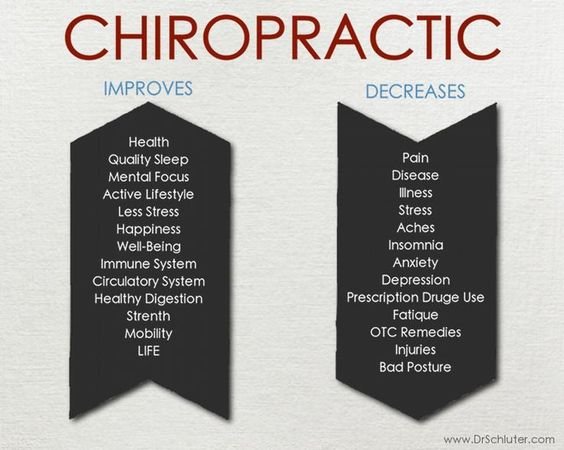Steps To Design An Ergonomic Workspace That Lowers Neck Pain: A Comprehensive Overview
Steps To Design An Ergonomic Workspace That Lowers Neck Pain: A Comprehensive Overview
Blog Article
Composed By- back pain doctor in nyc
To avoid neck pain at your workstation, guaranteeing your arrangement is ergonomically sound is important. Envision a workspace where each element is customized to sustain your body's positioning and reduce strain. By complying with a few simple steps, you can transform your workdesk location right into a sanctuary of comfort and productivity. However just how specifically can you achieve this unified balance in between work and well-being? Let's explore manhattan chiropractors to produce an ergonomic work space that will keep neck pain at bay.
Assess Your Present Configuration
Wondering if your present work space is contributing to your neck discomfort? Take a moment to evaluate your setup. Start by considering your computer display. Is it at eye level, or do you find yourself regularly searching for or down? Adjust the display to make sure that your stare is naturally in accordance with the top of the display.
Next, consider https://www.yorkpress.co.uk/news/19561174.chiropractor-cleared-misconduct-treatment-patient-died/ . Are you slumping over or hunching over while you work? Your chair must support your lower back and promote excellent stance. Change the height to make sure that your feet are level on the flooring and your knees go to a 90-degree angle.
Focus on the setting of your keyboard and mouse. Are https://shouldiseeadoctoraftercar73950.eedblog.com/29381540/the-five-main-benefits-of-checking-out-a-chiropractic-specialist-attaining-pain-alleviation-and-encouraging-overall-health within simple reach, or are you constantly getting to and stressing your arms and shoulders? Maintain these tools near to your body to minimize unneeded activities.
Lastly, think of your lighting. Is it too bright or as well dark? Correct lights can lower eye pressure and alleviate stress in your neck. Make these small modifications to develop a more ergonomic work area and aid relieve your neck discomfort.
Change Your Chair and Desk
To produce a more ergonomic work area and decrease neck pain, ensuring appropriate adjustment of your chair and desk is critical. Beginning by changing your chair to ensure that your feet rest level on the flooring, knees go to a 90-degree angle, and your lower back is sustained by the chair's lumbar assistance. Your workdesk should go to joint elevation to maintain proper arm setting and decrease pressure on your neck and shoulders. See to it there suffices space under the desk for your legs to relocate comfortably.
When readjusting your workdesk height, ensure your wrists remain straight while typing and using the mouse. Your display should go to eye level, regarding an arm's size away, to avoid you from straining your neck by overlooking or up. Keep your key-board and computer mouse close to stay clear of overreaching, which can create shoulder and neck pain.
Bear in mind to take breaks and stretch regularly to avoid tightness and advertise circulation. By appropriately changing your chair and workdesk, you can create a workspace that supports great posture and minimizes the danger of neck discomfort.
Position Your Monitor and Key-board
For optimum comfort designs and to alleviate neck strain, correct positioning of your display and key-board is necessary in your work space setup. Begin by putting your display straight in front of you at arm's size away, ensuring the top of the screen is at or somewhat listed below eye level. This helps in reducing stress on your neck by maintaining it in a neutral placement.
Setting the key-board to make sure that your joints are curved at a 90-degree angle and your wrists are straight while keying. Your key-board needs to be placed at an elevation that allows your shoulders to remain kicked back and your arms to be alongside the floor. In addition, make sure the computer mouse is placed beside your key-board at the exact same degree to avoid getting to or twisting.
Bear in mind to take time-outs to stretch and readjust your posture throughout the day, maintaining good placement and preventing neck discomfort. A well-organized workspace with correctly positioned display and keyboard can substantially impact your comfort and performance.
Conclusion
Finally, by adhering to these straightforward actions to develop an ergonomic work space, you can considerably decrease neck discomfort and pain. Keep in mind to analyze your current arrangement, change your chair and desk, and position your monitor and keyboard correctly. By taking these positive actions, you can improve your general comfort and efficiency while working.
